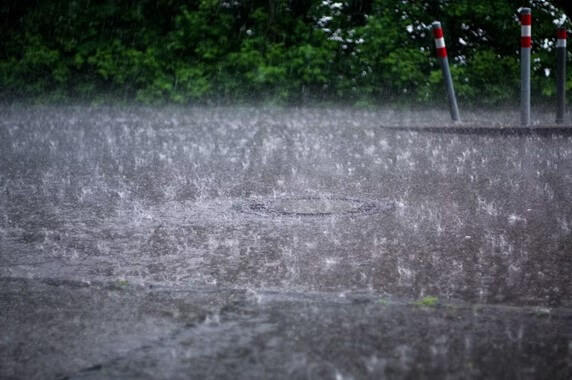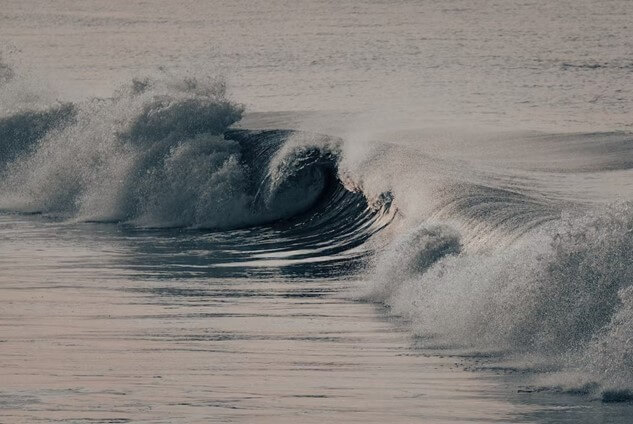For the first time in a several years, this winter will experience the El Niño phenomenon’s significant influence on the season’s coldest months.
The El Niño Southern Oscillation comprises three distinct phases, the most well-known of which is El Niño, which affects the equatorial Pacific Ocean’s water temperature and whose impacts can be felt worldwide. The El Niño climate pattern is mainly caused by increased sea surface temperatures in the central-east equatorial Pacific for an extended period.
According to NOAA’s Climate Prediction Centre, the El Niño that began in June is projected to stay powerful throughout the winter and continue into the early months of next year’s spring.
According to Michelle L’Heureux, a climate scientist at the Climate Prediction Centre, El Niño can have various effects depending on its intensity. These effects may include an elevated likelihood of heavy rainfall and droughts in specific regions across the globe.

Climate change has the potential to either worsen or reduce certain effects associated with El Niño. It can impact global weather patterns, including the potential to set new temperature records in regions with above-average temperatures during El Niño events.
Different regions of the United States will experience the effects of El Niño in distinct ways. In the northern part of the country, there is a likelihood of above-average temperatures due to the influence of the polar jet stream, which is characterized as a fast-moving band of westerly winds within the lower layers of the atmosphere, according to NASA. Specifically, the northeast region may experience increased precipitation compared to normal, potentially leading to strong winter storms in the Atlantic. On the other hand, the southern United States is expected to be cooler and wetter than usual due to the active subtropical jet stream fueled by warm, moisture-laden air from the Pacific Ocean. This jet stream, often described as a “river of air,” serves as a pathway for storm systems and tends to traverse the southern region during El Niño years.

According to the Climate Prediction Centre, early winter predictions exhibit several characteristics commonly associated with El Niño winters, suggesting potential upcoming changes.
During an El Niño winter, one major factor affecting weather patterns is the jet stream shifting, which tends to move southward. This shift typically brings wetter and cooler conditions to the southern United States, while the northern regions become drier and warmer, as noted by NOAA.
The southward movement of the jet stream during El Niño winters leads to an increased frequency of storms in the southern Plains to the Southeast, resulting in more precipitation. This can particularly benefit drought-affected states like Texas, Louisiana, and Mississippi.
Additionally, the combination of cooler temperatures and more frequent precipitation in the South may elevate the chances of wintry weather events such as freezing rain, sleet, and snow.
Conversely, El Niño tends to lead to milder winters in the northern states, including the Pacific Northwest, Rockies, Plains, and Midwest. Although occasional cold spells or heavy snowfall can still occur, they are typically less frequent.
This milder trend in the North may pose challenges for parts of the Midwest grappling with severe drought and impact on the snowpack in the Pacific Northwest, which serves as a critical water source for the region.
El Niño’s influence on winter weather patterns in California, the Southwest, and the Northeast is known for its unpredictability. The frequency and intensity of storms and the distribution of increased precipitation in California and parts of the Southwest exhibit significant variability contingent upon the strength of the El Niño phenomenon. When El Niño is robust, it tends to usher in a higher frequency of storms, often manifesting as low-elevation rain and substantial high-elevation snowfall, impacting both lowland and mountainous regions. However, when El Niño is weaker, the scenario can shift dramatically, potentially leading to drier conditions in the Southwest.

In contrast, the Northeastern region’s response to El Niño is far less straightforward. While it may experience milder winter conditions akin to its northern counterparts during certain El Niño episodes, the region is also uniquely vulnerable to the development of robust coastal storms along the Atlantic Coast, which can bring about a wide range of weather phenomena, including heavy snowfall, freezing rain, and coastal flooding. Consequently, the impact of El Niño on the Northeast is characterized by a complex interplay of atmospheric variables, making it challenging to pinpoint precise outcomes during these episodes.
